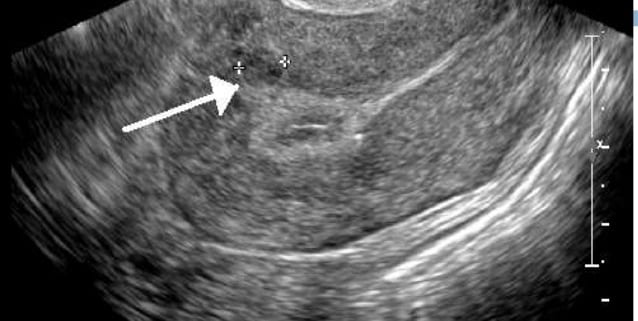Top 3 Fibroid Treatments | Get Your Life Back
Uterine fibroids, or leiomyomas, are noncancerous growths of the uterus. They grow in a woman’s uterine tissue, frequently during childbearing years. Uterine fibroids can appear quickly or steadily over time, and they can be various sizes. While many can’t even be seen by the human eye, some are large enough to increase the size of the uterus.
As many as 75 percent of all women may experience uterine fibroids.
How Do You Treat Fibroids? If you are suffering from uterine fibroids, there are three primary treatments.
- Hysterectomy – For many years, the standard treatment for most women with uterine fibroids had been hysterectomy. By opting for hysterectomy, the patient agrees to surgical removal of the uterus, thus also permanently eliminating the fibroids. Obviously, this isn’t recommended for women who have childbirth plans. But hysterectomy is the only treatment option that guarantees the fibroids won’t regrow. The long-term effects of hysterectomy are noteworthy, so it’s best left as a last resort.
- Myomectomy – Another common treatment option, myomectomy is also a surgical removal of fibroids. Unlike hysterectomy, myomectomy ensure the uterus remains in place, which enables women to still become pregnant. While it’s not guaranteed, myomectomy doesn’t completely prohibit pregnancy.
- Uterine Fibroid Embolization (UFE) – Surgical options can be extreme. Fortunately, another option has been available for the past 20 years. Uterine Fibroid Embolization is a non-surgical, minimally invasive treatment. Performed by an Interventional Radiologist, UFE shrinks the fibroids by blocking the arteries that supply blood to the fibroids, leading to relief of the pain. With the patient sedated and using local anesthetic, but still conscious, a small incision is made in the skin near the groin. The interventional radiologist than inserts a small tube into the femoral artery. Through the artery, the tube is guided to the uterus where the physician injects tiny particles that cut off the blood supply to the tumors. As a result the tumors shrink. The tube is removed and the cut is cleaned and bandaged. Because UFE doesn’t require the elaborate surgical procedures of other treatments, most women can resume daily activities within a few days. Uterine Fibroid Embolization is 90 percent effective in reducing the symptoms caused by fibroids. The Interventional Radiologists at Interventional Physicians of Indiana perform UFE at Community Hospital North and Community Hospital East.



